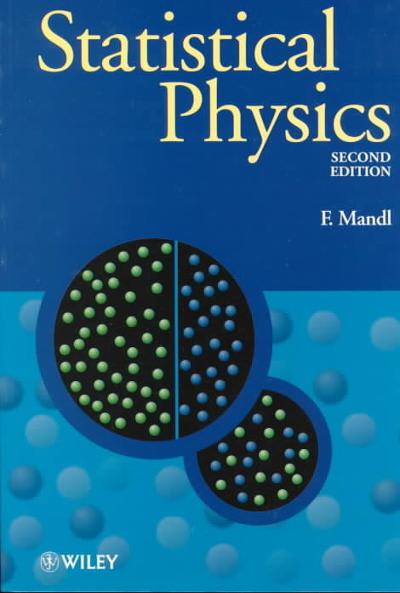Answered step by step
Verified Expert Solution
Question
1 Approved Answer
We are again going to focus on our simple one-degree-of-freedom flywheel system. Below are the identified system parameters that you will need to use along
We are again going to focus on our simple one-degree-of-freedom flywheel system. Below are the identified system parameters that you will need to use along with your simplified system models. Start with the following simplified system model from Assignment 1 (i.e. ignoring the electrical dy- namics of the motor): J (t)+b(t) = , assuming a step input. Calculate the solution to this equation (solve for (t)). (b) Now let's consider both the mechanical motion of our flywheel system, along with the electrical com- ponent. As discussed in lecture, the following ordinary differential equation is a simplified description of the system's motion: J + (b + kv km R ) = km R v where is the angular speed, J is the moment of inertia, b is the coefficient of viscous friction, km is the torque constant, kv is the back-emf constant, R is the armature resistance, and v is the armature voltage. Calculate the transfer function from the armature voltage, v, to the angular velocity, . Assuming that all constants are positive, is the transfer function stable
Step by Step Solution
There are 3 Steps involved in it
Step: 1

Get Instant Access to Expert-Tailored Solutions
See step-by-step solutions with expert insights and AI powered tools for academic success
Step: 2

Step: 3

Ace Your Homework with AI
Get the answers you need in no time with our AI-driven, step-by-step assistance
Get Started


